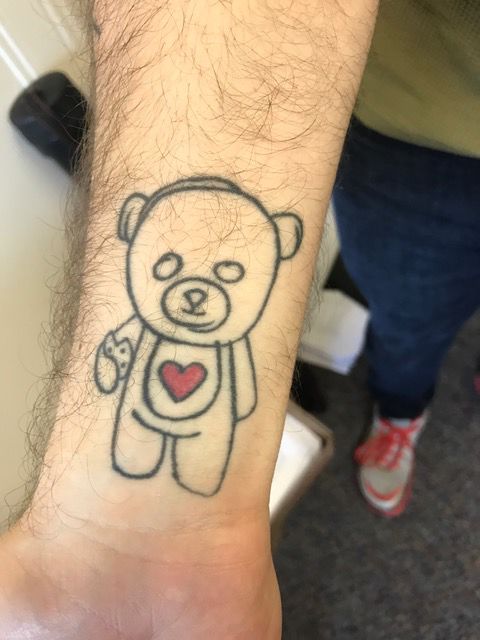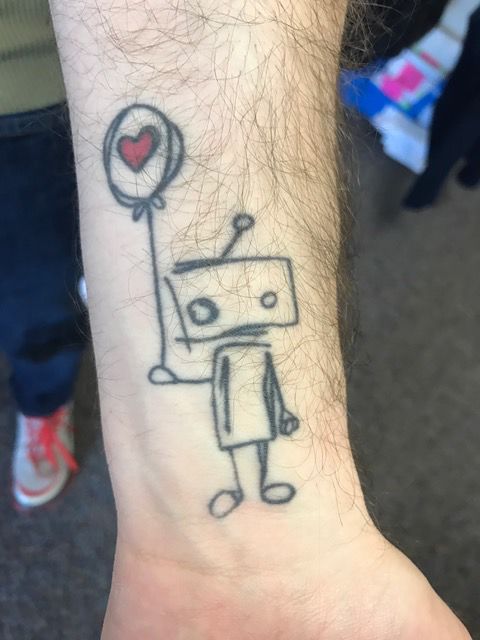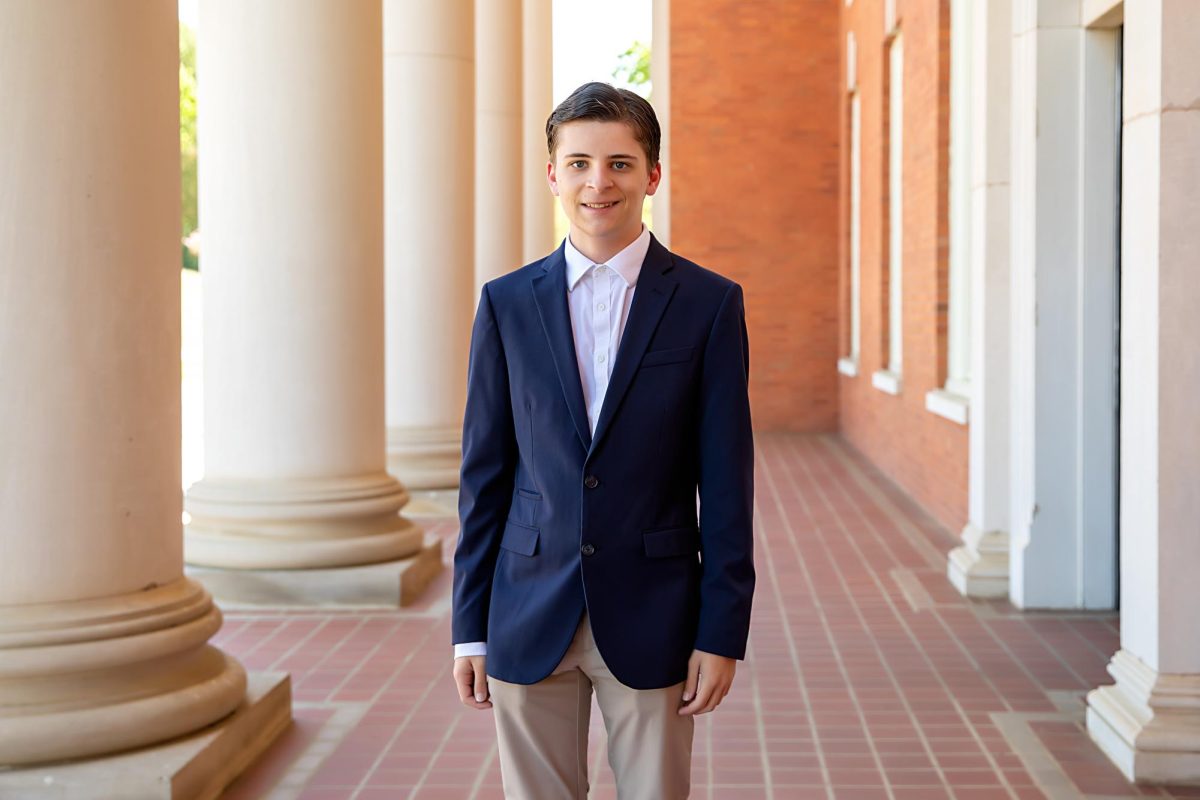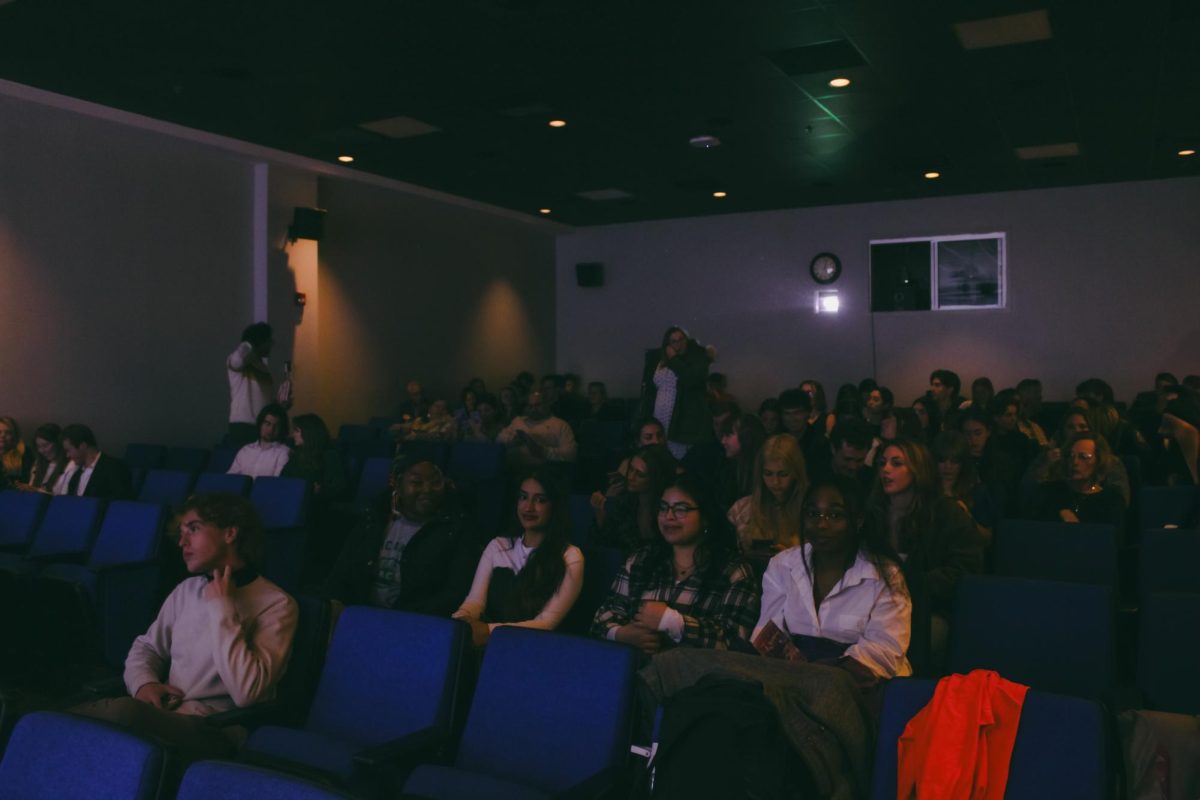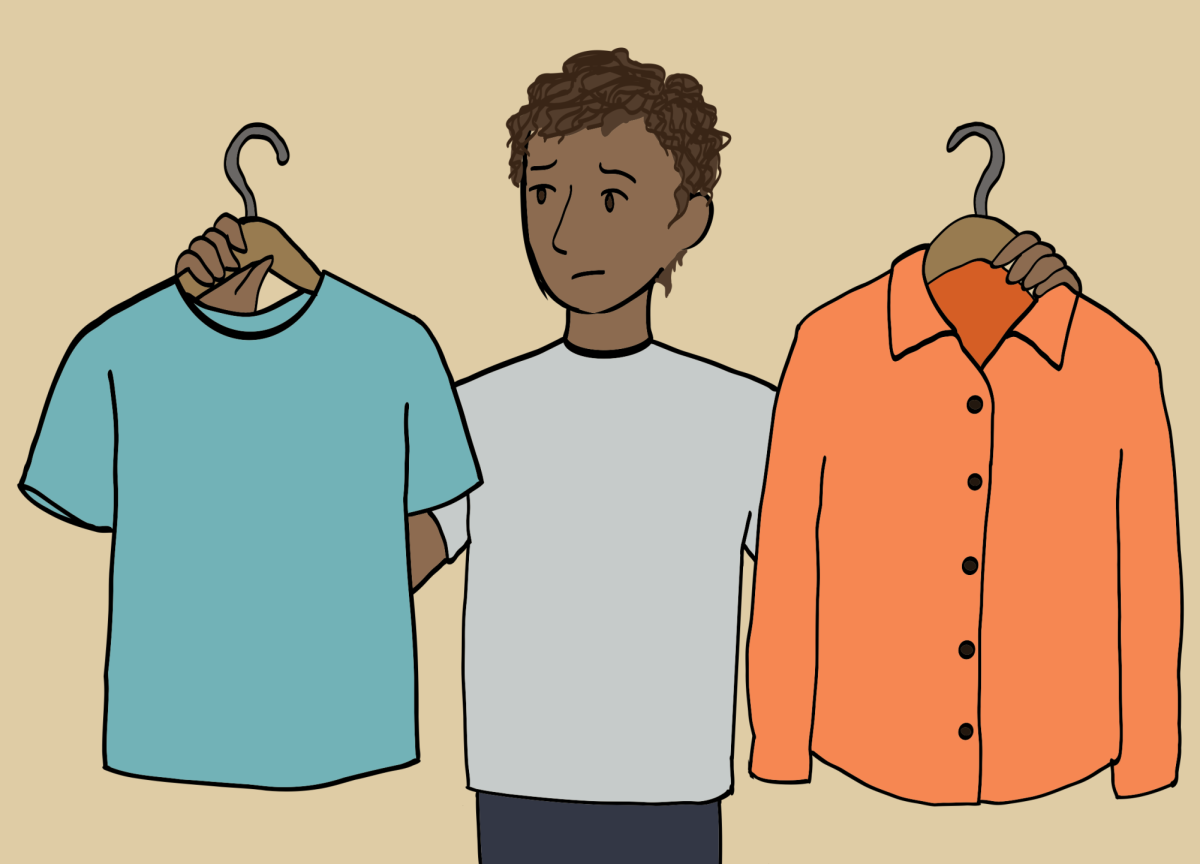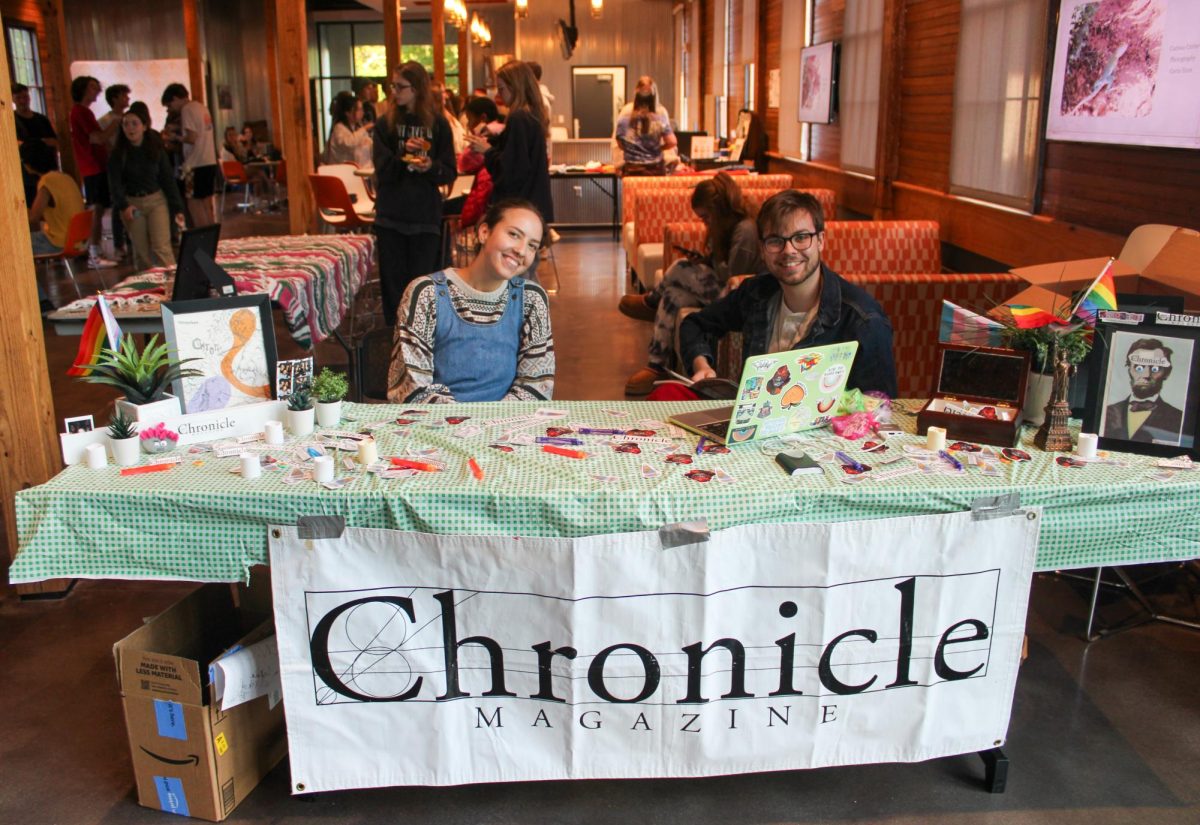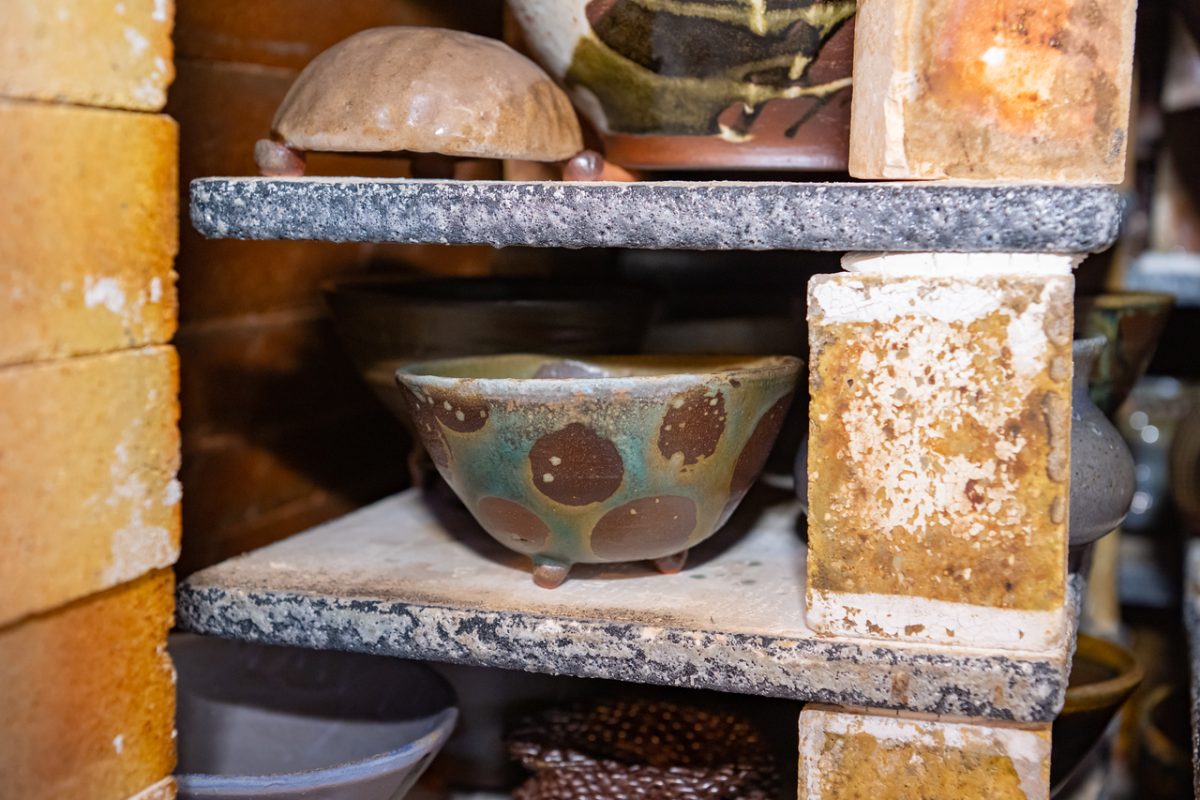Dr. Dittrich-Reed has been a professor at Clemson University for four years now, primarily teaching Principles of Biology 1 and 2.
But when it comes to extra credit, this professor takes it to another whole level. In order to obtain extra credit in his class, he offers multiple categories within which his students can submit creative works. In the past he has offered possible extra credit through the submission of creative writings, paintings, drawings and song recordings. At the end of the semester he chooses one winner from each category, along with honorable mentions. The creative works must embody something the students have learned from the class that semester. The most intriguing part of this extra credit system is at the end of the spring semester, he chooses the winner from the drawing category, and tattoos their art piece on his body.
This extra credit idea was inspired by an anthropology class Dr. Dittrich-Reed took during his undergraduate years. His anthropology professor offered students extra credit through a creative writing assignment. One criterion for the assignment was the writing had to incorporate something they had learned during the semester, through that particular class. Dr. Dittrich-Reid enjoyed this assignment so much, he wanted to incorporate something similar in his own classroom. He expressed how students in the science fields often have creative and artistic abilities but don’t have opportunities to express themselves and be rewarded for their work. Science majors usually have tight schedules and do not have room to add art classes or electives that enable them to use their artistic abilities. By presenting these extra credit opportunities, he hopes to give his students the chance to create and express something they learned in his class in their own artistic way.
In 2014, Dr. Dittrich-Reed chose McKenzie Mazur’s drawing of a jelly fish as the winner of the contest and tattooed this drawing on his calf in 2016. When asked how he decides the winner of the drawing category, and ultimately the tattoo for his body, he says he doesn’t look at the quality of the drawings as much as the meaning behind the art piece. Each student is required to submit an explanation of why their work encapsulates what they have learned. The argument behind why and how it captures the knowledge learned in his class weighs heavily in his decision-making. Also, personal preference is always a factor. If it is going on his body permanently, he has to like the design.
Professor Dittrich-Reed has six tattoos in total, one of them being the extra credit winner from 2014. Most of his tattoo ideas have been inspired by his kids. His favorite tattoo is a drawing by his (at the time) three-year-old daughter. It was a picture of her first zombie. He and his wife also have two matching tattoos, one on each inside wrist. On their right wrists is a tattoo of a bear with a heart on it representing their daughter, and on the left wrists, a robot holding a balloon with a heart in it, representing their son. Since most of his ideas thus far have been inspired by his kids, it seems natural: why not also let his students contribute to his collection?
When asking the professor why he liked tattoos so much Dittrich-Reed said, “I like them because they have meaning. It is a very personal form of expression, a great conversation starter, and I also like the aesthetic.”
The professor also explained how the tattoos representing his children will always be a reminder of the memories he has made with them along with the experience of getting these tattoos with his wife. It was something meaningful they were able to experience together as a couple. A rather interesting concept Professor Dittrich-Reed talked about was how he enjoyed the actual process of getting the tattoos. He says the constant pain, in a way, clears his mind. He got his first tattoo after his son was born, a time where he was getting little to no sleep.
“It felt good to lay on the table and not think about anything,” Dittrich-Reed said. “It is strangely calming and focusing. I might have even fallen asleep.”
Although tattoos take time and money, Dr. Dittrich-Reid plans to pick a winner every spring semester. When I asked the professor how many tattoos he plans on getting in the future, he responded “until I run out of space on my body.” Obviously he loves everything about tattoos, from the look to what they represent. It is an awesome thing to see a professor incorporate such a creative element into his science classes and give students the chance to express their scientific minds in their own original ways. Dr. Dittrich-Reed will be announcing the next winner at the end of the spring semester, so be on the lookout for his latest tattoo addition.
Categories:
The tattoo doctor: How one professor transforms student inspiration into body art
Darby Werner, Contributor
February 27, 2017
Contributed by Dr. Dylan Dittrich-Reed
0
Donate to The Tiger
Your donation will support the student journalists of Clemson University. Your contribution will allow us to purchase equipment and cover our annual website hosting costs.
More to Discover


